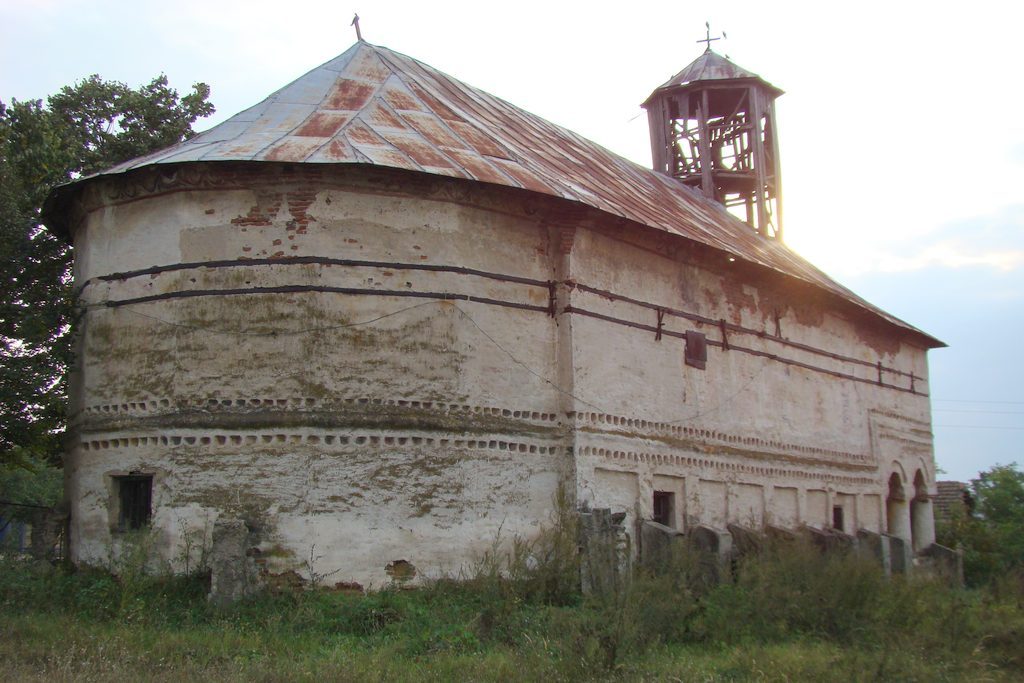

The “Saints Apostles Peter and Pavel” church, the village Viașu, is a monument place of worship, being dated back to 1835, although it is most likely much older.
It is the most valuable from the churches from the radius of the commune. It its structure also appears the wood among the construction elements, at the tower, as well as the resistance aspects.
Viașu is a village in the commune Pătulele from Oltenia.
Pătulele is a locality from the county of Mehedinți, Oltenia, Romania, formed by the villages Pătulele (the residence) and Viașu. At the same time, Pătulele is the commune with the most expanded surface and the biggest number of inhabitants from the county.
The economical activities there are: the agriculture (the cultivating of cereals, the cultivating of vegetables and growing the animals), beekeeping, the grape growing, zootechny, the retail commerce, crushing – mill and bread manufacture, the wood manufacturing by the local handicraftsmen with experience and tradition in this department.
According to the census performed in the year 2011, the population of the commune Pătulele was up to 3.636 inhabitants, in decrease in comparison with the previous census of 2002, when there were registered 4.472 inhabitants. The majority of the inhabitants are Romanians (96, 92%). For 2, 75% of the population, the ethnical affiliation isn’t known. From the confessional point of view, the majority of the inhabitants are Orthodox (96, 89%). For 2, 75% of the population, the confessional affiliation isn’t known.
The archeological diggings certify the human establishments in the area of the county of Mehedinți even starting with the Paleolithic – the vestiges of an establishment dating back to the Paleolithic were brought to light and they are still studied at Schela Cladovei. The first cemeteries and the first proofs of the stabile cultivation activity on the continent of Europe, have been found in this area.
The vestiges of the history, the Foot of the Bridge of God, the ruins of the Roman field Drobeta, the Roman baths, as well as the vestiges discovered in the archeological park of the Museum Porțile de Fier – tell about the history of the Roman colonization in Dacia and of the formation of the Roman people.
In this corner of the country there were found the oldest traces of human life from the Romanian life. Testimony for this being the sites and the archeological discoveries from the Cave of Climente from Dubova (approximately 12000 b. Chr.), as well as all the ones from Schela Cladovei, the island Simian, the island of the Ban, Ostrovul Mare, Cazane, etc., all of them certifying the human establishments from the period 12000 – 7000 b. Chr.
At Schela Cladovei there has been discovered the skeleton of the oldest Homo Sapiens from Europe and the oldest human establishment from Europe, developed between the years 8000 – 5500 b. Chr.
The richness of this region determined even the Roman emperors to direct their attention towards these regions, a proof being the existence of the ruins of 10 Roman castrums built in different period, until the times of Justinian (the IVth century A.D.).
